Lausanne is a large pearl from the necklace of picturesque cities located on the shores of Lake Geneva. It is spread among well-groomed vineyard terraces and green alpine meadows. Like most Swiss cities, Lausanne gives the impression of a quiet haven where you want to settle down after a stormy and eventful life.
The city is literally immersed in greenery. On its relatively small territory there are several parks and squares offering panoramic views of the Alps and the lake. There are many historical sights in Lausanne. Tourists will definitely be interested in walking along the Ouchy embankment or the central square of Palu, a visit to the Lausanne Opera and a trip to the old cathedral.
What to see and where to go in Lausanne?
The most interesting and beautiful places for walking. Photos and a short description.
- Lake Geneva
- Embankment Ushi
- Palyu Square
- Ryumin Palace
- Chateau Saint-Mer
- Ushy Castle
- Olympic Museum
- Art Brut Collection
- D'Elise Museum
- Museum of the Hermitage Foundation
- Museum of Contemporary Art MUDAC
- Opera Lausanne
- Lausanne Cathedral
- Church of Saint Francis
- Train Station
- Sauvabelin tower
- Botanical Garden
- Mon Repos Park
- Esplanade Montbenon
- Terraced vineyards of Lavaux
Lake Geneva
The largest lake in Central Europe and one of the most picturesque. Its clear water reflects the snow-capped peaks and wooded slopes of the Alps. The northern part of the reservoir belongs to Switzerland, there is a resort area with first-class hotels and private residences - the real "Swiss Riviera". Among the locals, the name "Lake Leman" is more common. On its banks are Geneva, Lausanne, as well as the resorts of Montreux, Yverdon-les-Bains and Vevey.
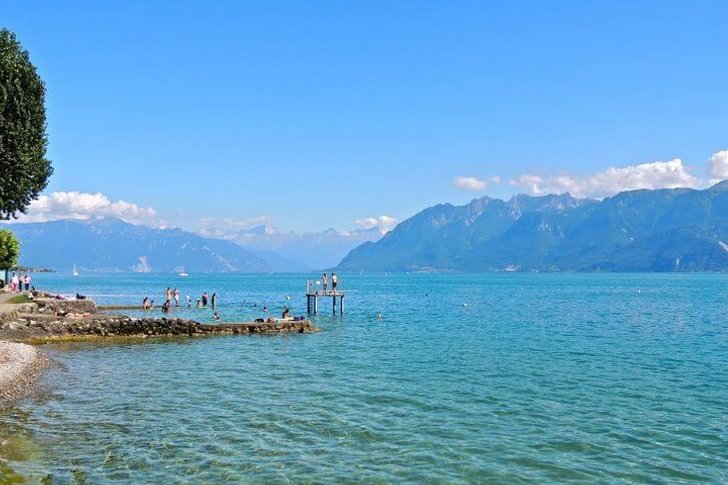
Embankment Ushi
Walking street of Lausanne, located on the shores of Lake Geneva. The embankment goes beyond the city and connects it with neighboring Walrus and Montreux. In the local harbor there is a marina where yachts are moored, and a pier where pleasure boats leave from on the lake. Tame swans and gulls swim near the shore, which are constantly fed by tourists. The embankment offers a magnificent view of the picturesque mountain ranges.

Palyu Square
The main square of the historical part of Lausanne, surrounded by houses of the XVII-XIX centuries. In the middle is a multi-colored fountain of Justice of the 16th century. Twice a week, a market unfolds on the square, which is visited even by the chefs of famous restaurants to buy the best quality products here. A pedestrian zone has been organized around Palu, covering the streets adjacent to the square.
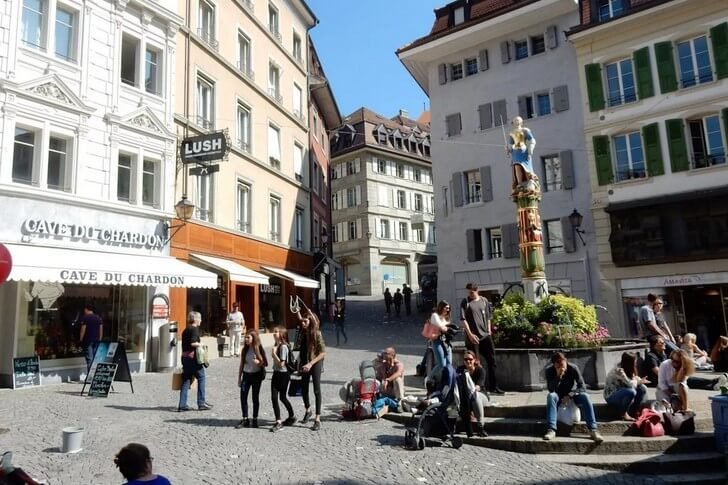
Ryumin Palace
Luxurious palace of the beginning of the 20th century, built in the neo-Renaissance style according to the project of the architect G. Andre. It was built at the expense of Gabriel Ryumin, who comes from a family of Russian immigrants, who bequeathed 1.5 million francs to the city. Until 1980, the University of Lausanne was located here. Now the palace building houses museums dedicated to archeology, geology, history, art, as well as a library.

Chateau Saint-Mer
Saint-Mer is the headquarters of the government of the canton of Vaud. The castle was built in the 15th century as an episcopal residence, but in 1536 it was confiscated from the church in favor of the state. Part of the interior retained the features of the Middle Ages (for example, the bishop's room with a Gothic fireplace decorated with stucco), the rest of the premises acquired a more modern look as a result of the reconstruction.

Ushy Castle
In 1117, on the embankment of Lake Geneva, by order of Bishop L. de Durne, a tower was erected, which in the future was to become part of a powerful fortress. A few centuries later, the building was rebuilt into a bishop's residence. By the 19th century, nothing remained of the building due to a major fire. In 1885, the tower was restored, moreover, a full-fledged neo-Gothic palace was added to it. Today, a luxurious hotel is located on the territory of the Ushi castle.

Olympic Museum
Temporary and permanent exhibitions of the museum are connected with the history of the Olympic movement. Most of the exhibits are interactive, that is, they seem to enter into a dialogue with visitors. In the museum you can read the diaries of the founder of the modern Olympic Games, Pierre de Coubertin. The exposition was created in 1993 at the initiative of the leadership of the International Olympic Committee.
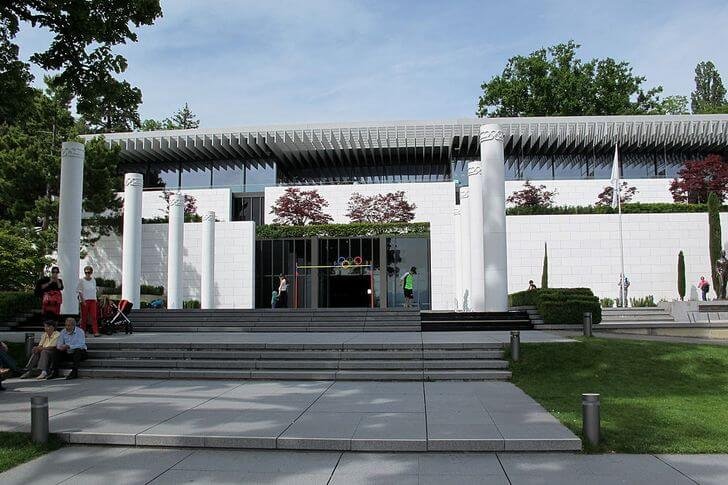
Art Brut Collection
Art Brut contains the creations of mentally ill people, as well as those whom society considers outcasts - vagabonds, criminals, clairvoyants, urban lunatics. The collection consists of exhibits collected by the artist J. Dubuffet, who himself created about 10 thousand paintings. The museum opened in 1972. Since then, his collection has grown significantly. At the moment it consists of several thousand copies.

D'Elise Museum
The museum's collection is housed in a picturesque Baroque mansion. It is dedicated to the art of photography. Pictures are exhibited here, which can trace the development and improvement of this pictorial genre in Switzerland and the rest of Europe since its inception. The museum constantly hosts thematic exhibitions. Around the building there is a beautiful green park, where you can take a walk after viewing the exposition.
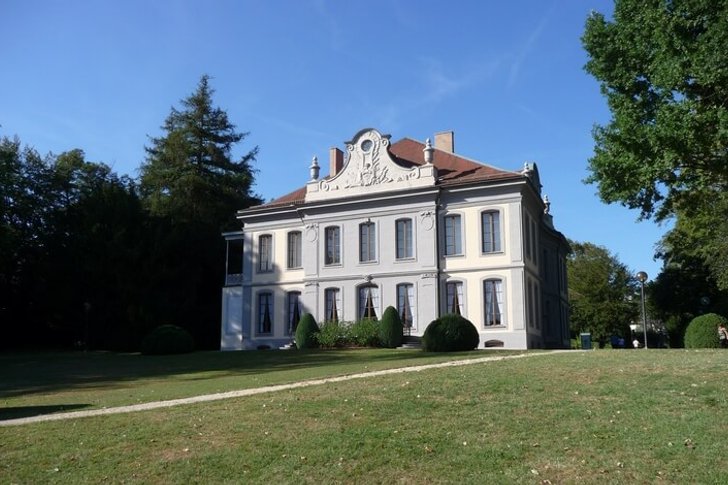
Museum of the Hermitage Foundation
The exposition of the museum is housed in a mid-19th-century villa in the middle of a city park. It consists of several hundred paintings by local painters, as well as artists from other European countries. Sufficient attention is also paid to the works of contemporary masters. There are paintings by Udo, Beaucien, Degas and Platzottu. Every year the Hermitage organizes two or three international exhibitions.
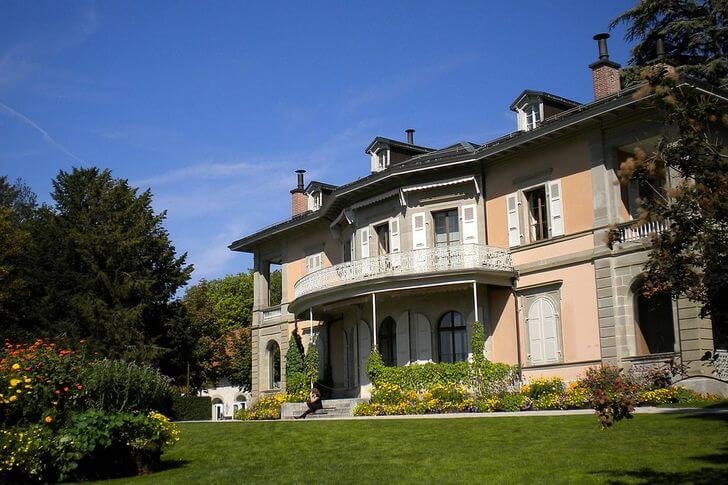
Museum of Contemporary Art "MUDAC"
The museum's collection is located in the Maisons-Godard mansion, the construction of which dates back to the second half of the 17th century. The exposition consists of works by designers, illustrators, architects and fashion designers. In addition to two permanent exhibitions, temporary thematic vernissages on current topics are held here daily. The museum also hosts concerts, dance performances and performances.
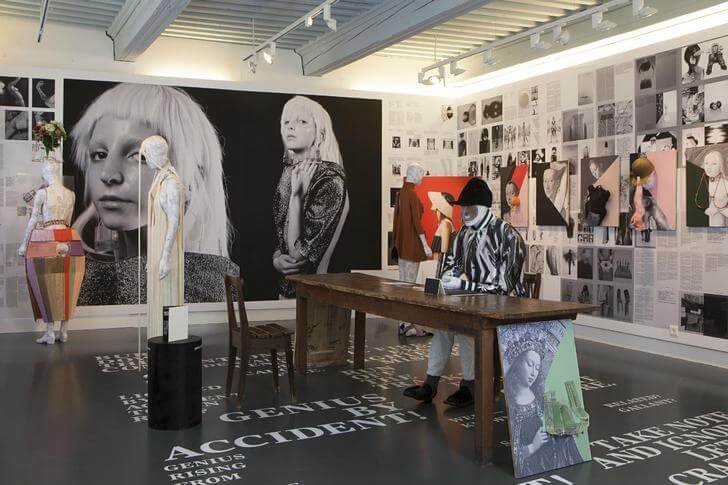
Opera Lausanne
The opera house was built in 1871. At first, the stage was known as the "Casino Theatre". Until 1971, mainly operettas were shown here, then they began to pay more attention to operas. The building was reconstructed in 1931, after which it acquired elements of the Art Deco style. Today, symphony concerts are held at the Lausanne Opera, works by famous composers are staged, and eminent performers also perform.

Lausanne Cathedral
Gothic temple of the XIII century, belonging to the Protestant denomination. In the 19th century, under the leadership of E. Viollet-le-Duc, the building was reconstructed, after which the appearance of the cathedral changed significantly. Due to the fragility of the stone from which the building was erected, the temple is constantly in need of restoration work. In the XVIII century, they even tried to demolish it for this reason and build a more durable structure.
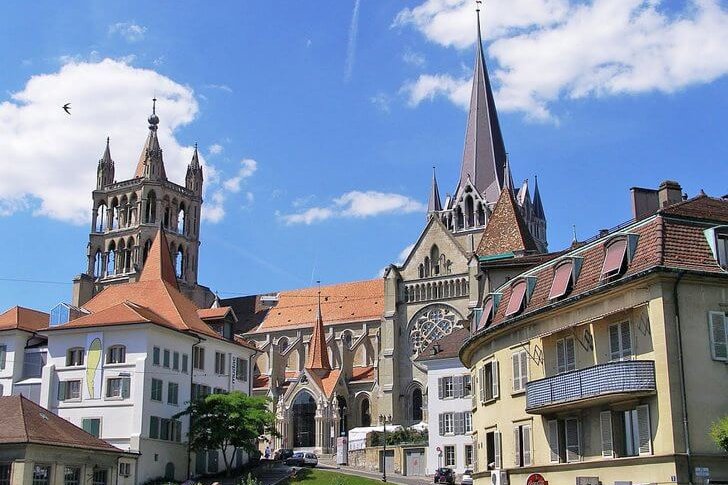
Church of Saint Francis
Temple on Saint-Francois Square, built in the 13th century in the Gothic style. In the 15th century, a 56-meter bell tower was added to the church. Previously, there was a monastery of the Franciscan Order, but gradually it fell into disrepair and decay. It was finally demolished at the beginning of the 20th century. After the victory of the Reformation, unnecessary decorations were removed from the church, as a result of which the modern interior has a rather modest appearance.
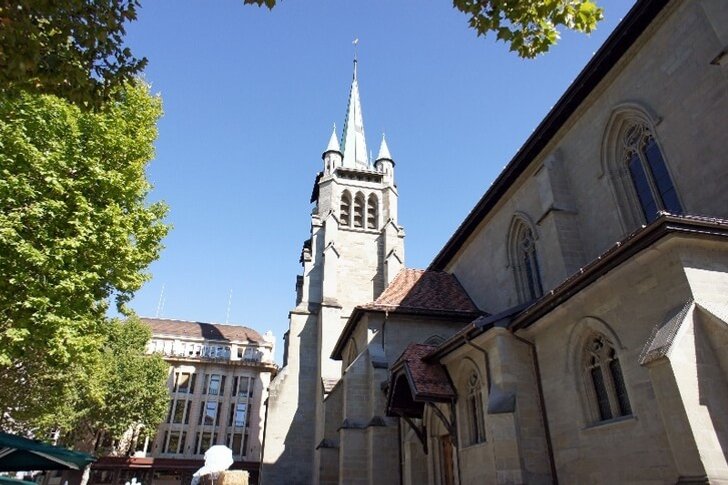
Train Station
The Lausanne railway station was built in the middle of the 19th century. The Art Nouveau building that has survived to this day was erected in 1911-16 according to a joint project of two architectural bureaus. Major reconstruction was carried out in the 1990s. Trains depart from the station in the direction of Geneva, Bern, Domodossola and Olten, as well as high-speed trains to Milan and Paris. There is a metro station nearby.
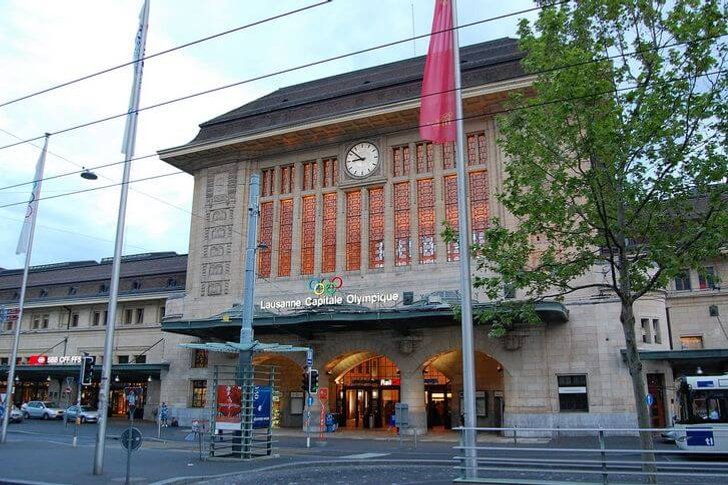
Sauvabelin tower
The tower is located in the park of the same name. Its height is 35 meters. The construction is notable for the fact that one of the best viewing platforms is located here, from where a circular panorama of Lausanne, the Alps and the picturesque Lake Geneva opens. The tower was built in 2003 as a symbol of the new millennium. It is entirely made of wood and covered with a copper roof. A spiral staircase leads to the top.
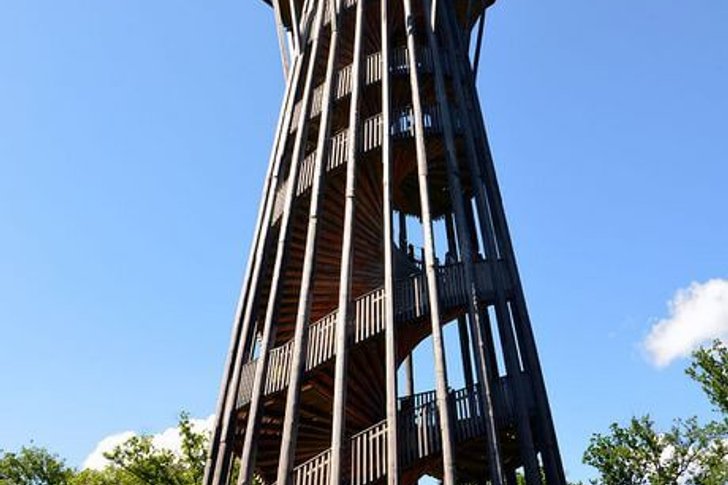
Botanical Garden
The garden was created in the 19th century as a garden of medicinal plants, where students from the University of Lausanne were supposed to practice. Today it is one of the best places for walking and admiring the panoramas of Lake Geneva. Fountains with drinking water and small ponds are scattered around the garden. Local experts are working on the conservation and breeding of rare plant species.
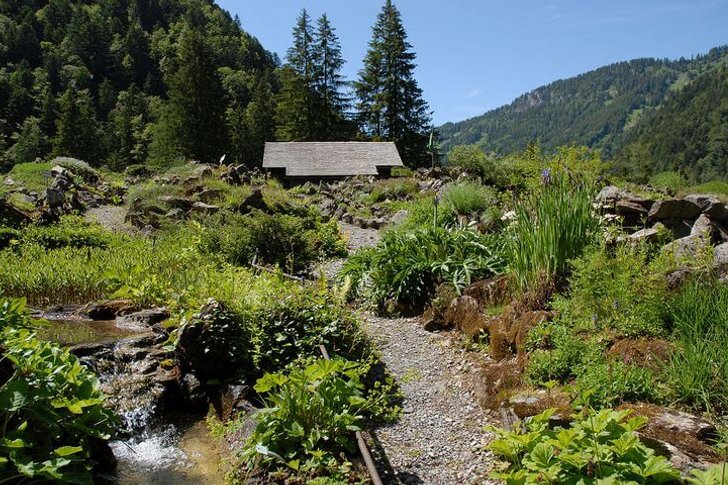
Mon Repos Park
Landscape park in the best traditions of English landscape design. Here you can admire exotic birds, wander among the trees and take a break from worries. Previously, vineyards were located on the site of the park. Landscaping work began in the 19th century. At that time, the ruins of an ancient amphitheater were discovered here, which later became an additional decoration of Mon Repos.
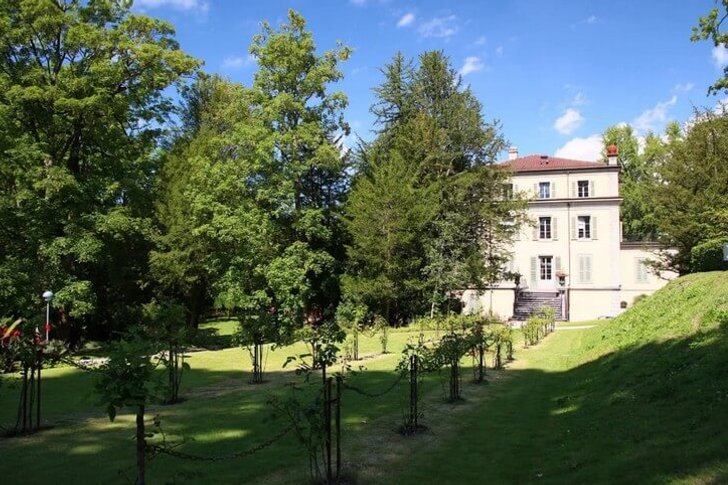
Esplanade Montbenon
A park in the heart of Lausanne, located in front of the city's Palace of Justice. It consists of green manicured lawns. The park is an excellent observation platform from where you can admire the mirror water of Lake Geneva and the mountain ranges of the Alps. In the summer, concerts and festivals are held here. In the western part of the esplanade is the Montbenon casino, built at the beginning of the 20th century.

Terraced vineyards of Lavaux
The gardens cover an area of 805 hectares on the northeast coast of Lake Geneva. Grapes for the production of quality wine in this area were grown in the days of the Roman Empire. Then the work was continued by the monks of the Order of St. Benedict. Lavaux has been included in the UNESCO World Heritage List since 2007 as an example of a harmonious synthesis of nature and reasonable human economic activity.
